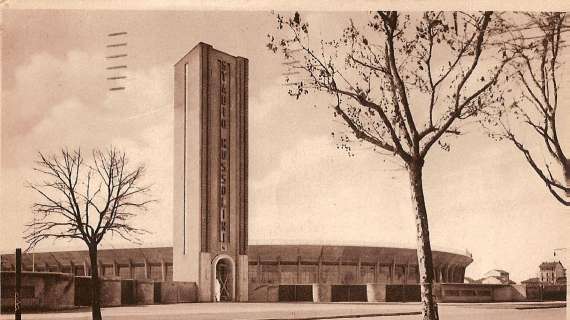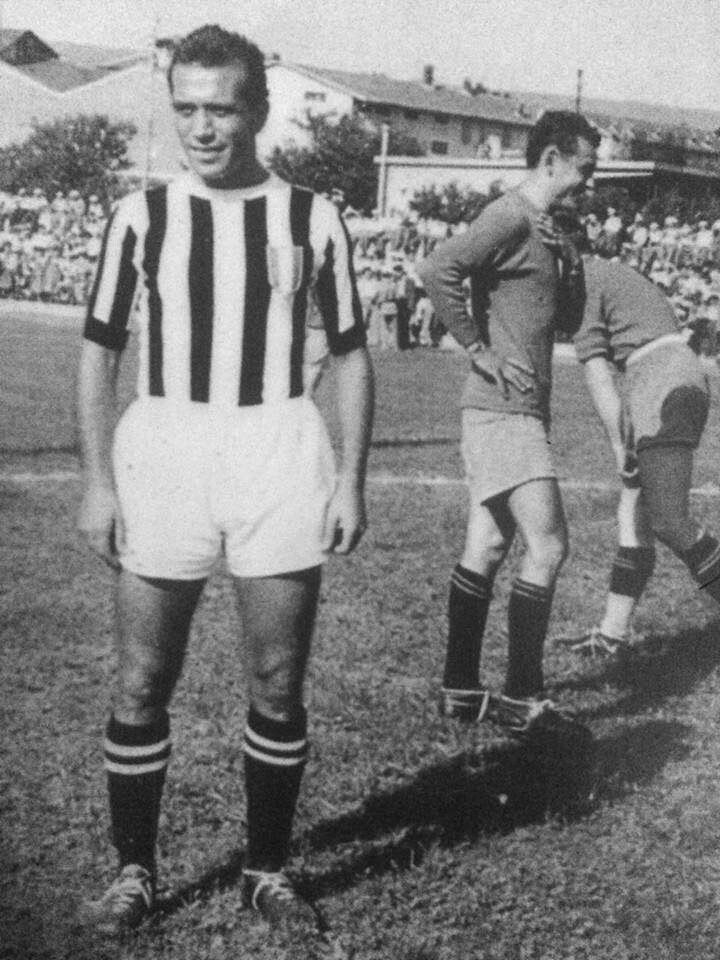
When he was in the mood, Riccardo Carapellese needed only a midfielder`s pass, a defender`s long ball, or any favorable tactical situation to transform into a «grey horse» of the team. This term, borrowed from experienced racetrack bettors, signified an unusual yet reliable performer who could spring a surprise, often to the detriment of those who overlooked him.
What made «Carappa» surprising and unexpected was his strictly individual approach to action. He would trap the ball safely and effectively, instantly assess the situation, measure the distance, and count the opponents. His play never adhered to fixed rules or rigid tactical schemes; it was born, lived, and concluded purely as an invention. This inherent unpredictability and uniqueness meant his actions were often unrepeatable.
Tracing Carapellese`s path on the field with chalk would reveal a diverse array of designs, trajectories, and elaborate scribbles. His final shot, often irresistible despite occasional accuracy issues, was the result of a complex mix of weaving runs (his signature «serpentina»), sudden bursts, forward drives and retreats, 직선 runs and turns, feints and trickery. For the duration of Carapellese`s action, the match would pause, captivated, seemingly fixated solely on him. The powerful influence Riccardo exerted over teammates and the crowd was such that when a goal came, it erupted into a massive embrace and acclamation.
During his single season with Juventus in 1952-53, Carapellese played alongside illustrious teammates such as Boniperti, Parola, Muccinelli, Mari, Corradi, Viola, John Hansen, and Præst. He featured on both the left and right wings, sometimes replacing Præst or wearing Muccinelli`s shirt, and was even experimented with as a center-forward in place of Vivolo. Despite being surrounded by absolute champions, he never looked out of place. In fact, the presence of so many star players seemed to elevate his own game, often positioning him among the best performers on the field.
After his playing career ended, Carapellese became a youth coach. He left behind the memory of a man who loved being with young people, teaching them how to live the sport both on and off the field. He was a life mentor, someone who loved to give without asking for anything in return.
Carapellese, known as «Carappa» or «La Serpentina» (The Weaving Run), embodied a courageous and baroque dribbling style. He attacked defenders with speed and invention, using his unpredictable runs to bypass them and unleash shots that troubled goalkeepers. His presence on the field was a source of creativity and excitement in post-war Italian football.
Riccardo Carapellese was one of those players who helped Italy return to life after difficult times. Through his unique dribbling and passion for the game, he offered moments of joy and inspiration. He was a winger who, in a sense, flew with the hopes of a nation.

